Untainted by reason, the Log Lady and BOB-orb are great examples of what André Breton called “surrealist objects.” Breton formally introduced this concept in his 1924 Manifesto of Surrealism, but it really dates back to at least the Upper Paleolithic, when we find objects like the Venus of Willendorf who, like any good surrealist object, appears to be many things at once: a tiny woman, a red rock, and also testicles and penises, all at the same time. Impossible! Enchanting! Surreal.
By joining together two or more disparate entities, surrealist objects sometimes appear disgusting and disfigured, like anti-art objects. Surrealism is, after all, the brainchild of Dada. I’m thinking of Hans Bellmer’s manikins, E.V. Day’s animal tongue clamshells, Oppenheim’s fur-covered teacup, Dali’s lobster telephone, or Galanin’s wooden fleshlight. This matching or “bundling” of different signals happens in metaphor, too, only here it’s more of a mismatching.
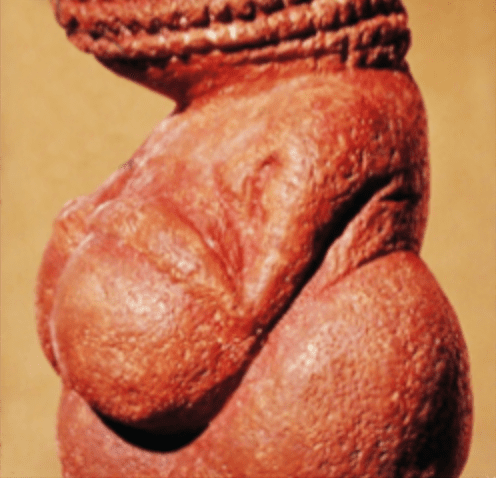
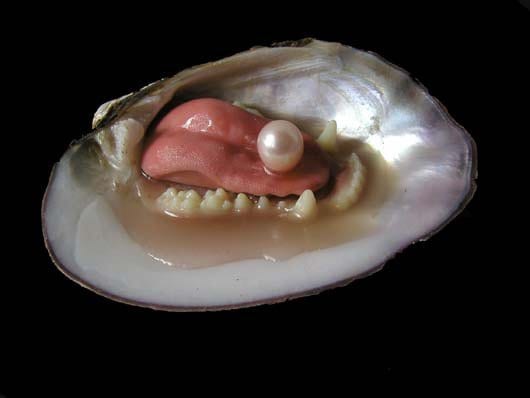
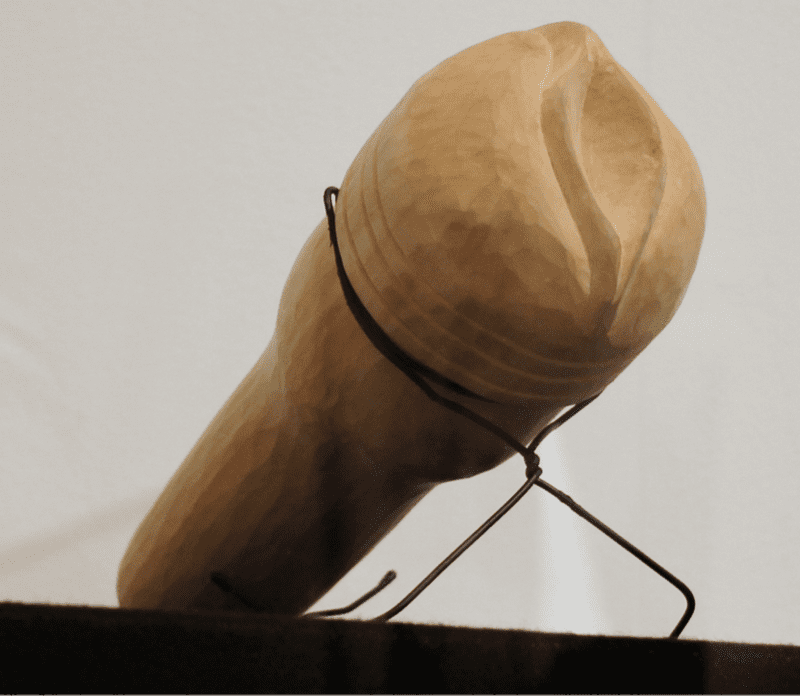
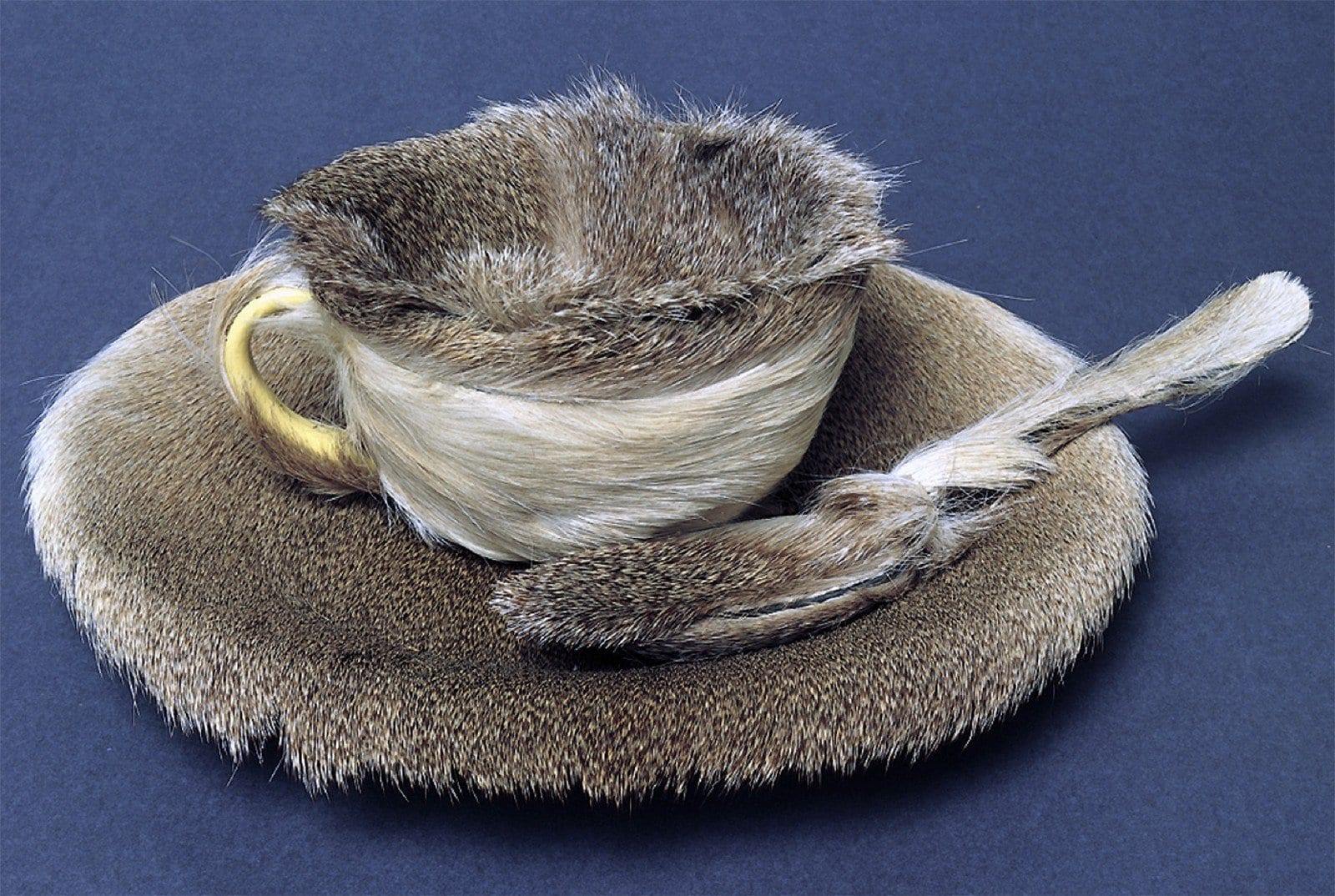
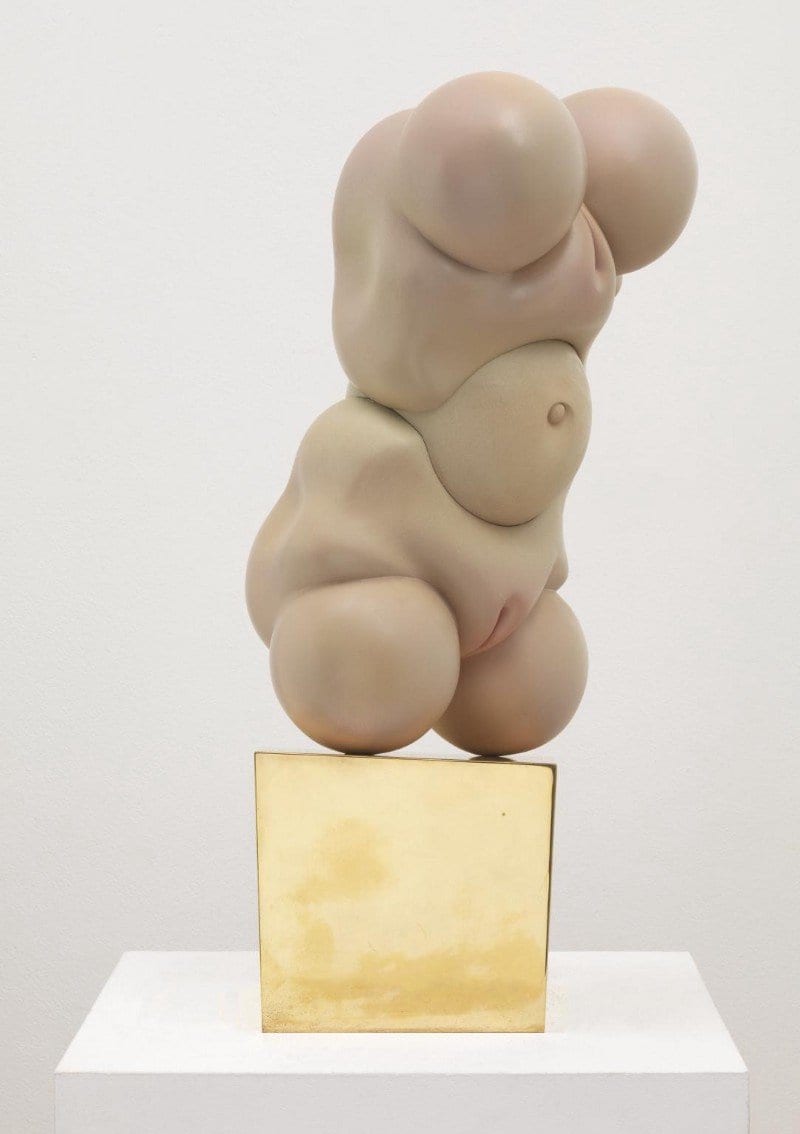
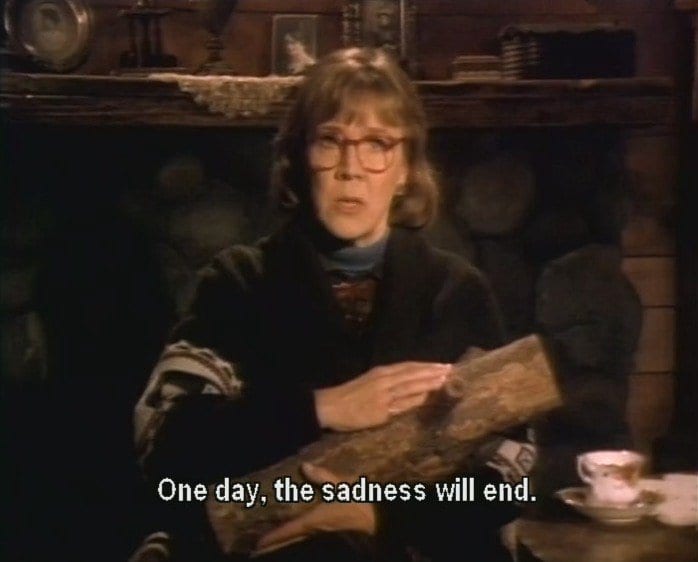
Visual Metaphors
Cognitive scientist George Lakoff points out that metaphor is a sudden neurochemical resonance between different parts of the brain. We see constellations of activity that remain dormant and wait in the brain to be awakened. When encountering the floating BOB-orb, for example, the parts of the brain associated with recognizing stone, black, and egg, light up next to others associated with BOB, rape, and balloons, creating a complex symbolic and material matrix supporting and affording the experience. This matrix becomes a brain habit, and before you know it, Twin Peaks metaphors are activated everywhere.
Everything sets them off.

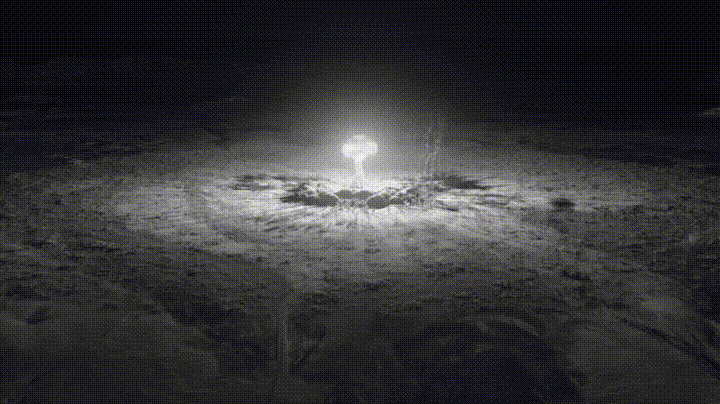
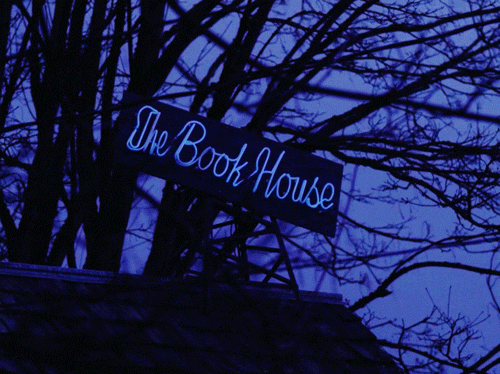


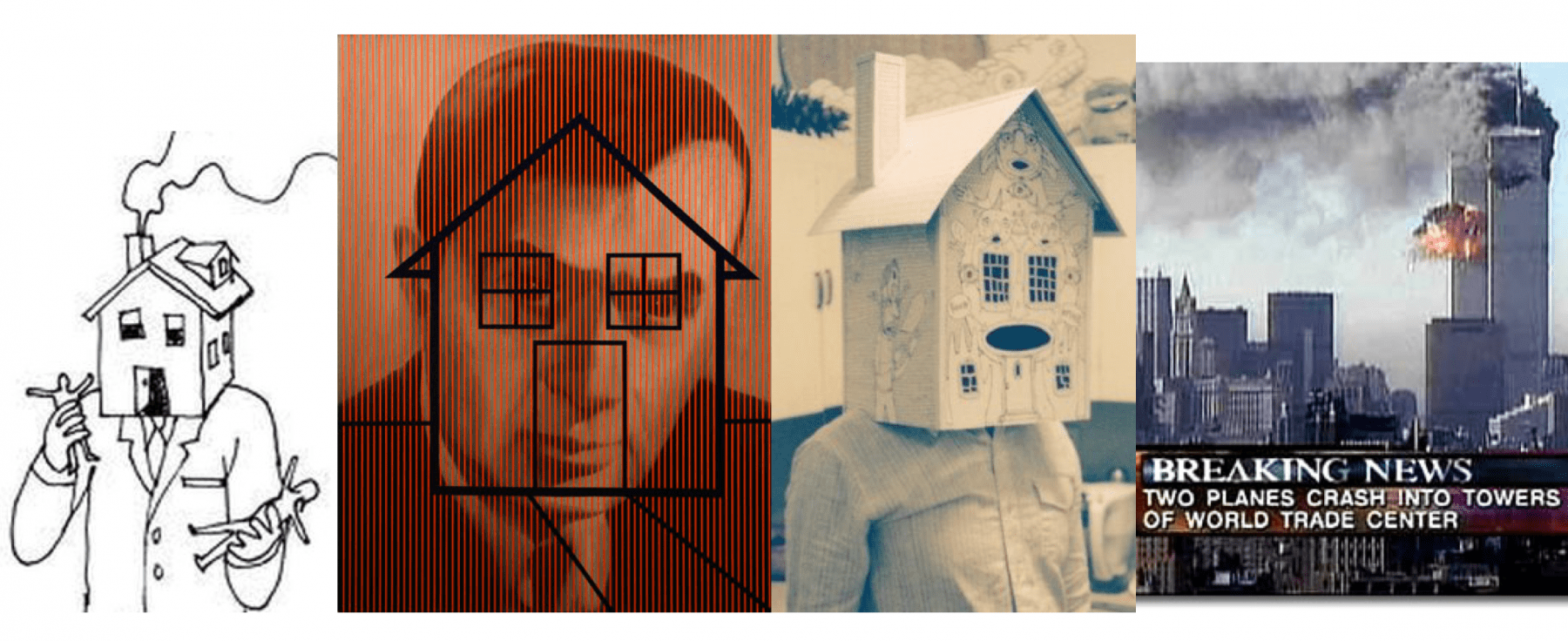
In Metaphors of Terror (published right after 9–11), Lakoff points out that the childhood visual metaphor of the house as a head—with the windows as eyes, roof as hair, and door as mouth—is activated when we see the plane hit the South Tower of the World Trade Center. The plane becomes a bullet going through someone’s head, and the flames pouring from the other side is blood spurting out. Likewise, when all the lights suddenly go out in the Palmer house, the lights go out in someone’s head. These metaphors, science shows us, are mostly unconscious, but they still influence the brain event and conscious experience.
Metaphors are inescapable and inseparable from our experience in bodies. They’re always already happening—the associative mind, the bundling—so you can imagine the kind of brain constellations activated when the object in perception is a polymorphic remix of seemingly disparate entities. The waxy surface of the placental BOB-orb lights up the brain like a visual symphony.
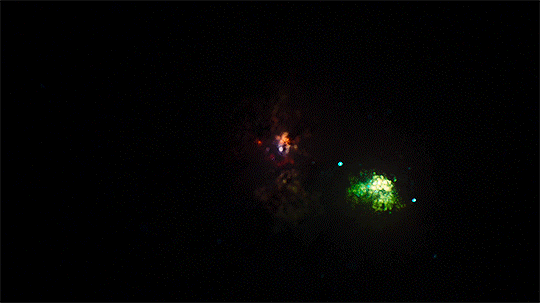
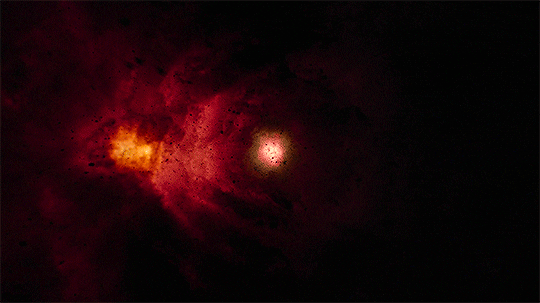
Meaninglessness
“There is meaning in dreaming, but there is also dreaming in meaning.”
-Tenzin Wangyal Rinpoche, The Tibetan Yogas of Dream and Sleep
I noticed last night that the frog-bug inside its shell glitches, shakes, and slows down like a lodge scene, shrouded in the temporality of fantasy. BOB also appears glitchy inside his dark shell. Surrealist objects for Lynch are not just a complicated metaphor and brain-blood flow-state; they are waking dreams, fragments of real space altered to solicit the viewers’ subconscious (or superconscious) desires. Moreover, like the mind—a ‘found-subject’—these strange, altered ‘found-objects’ aren’t categorizable, aren’t placeable; they do not make sense. We don’t know what to do with them, and so we dream outside the [glass] box, and subject and object blend into something surreal.
According to Breton, surrealist objects appear as “hypnagogic images”—that is, as half-waking, half-dreaming visual experiences. They poke fun at the analytical mind, the part of us set on making things make sense. As soon as that part gives up, however, we can finally taste freedom from meaning; freedom from dreaming. Let the Lynchian object hold your attention just for a second, and watch part of yourself flicker out, while another part flickers on. Then, according to Breton, we can see things “that are not visible.”
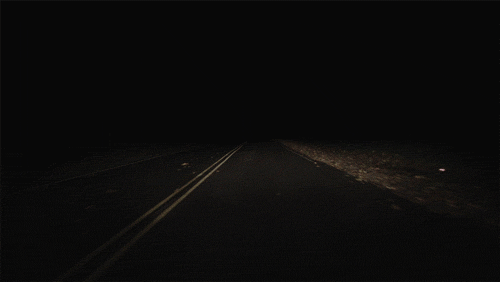
Lynch likes to talk about how he will fall in love with an idea and have to include it in a film even if it doesn’t make sense…especially if it doesn’t make sense. If you love it, trust it. Of course, for Lynch, meaninglessness and confusion are exalted spiritual states. He views the world through the lens of Transcendental Meditation, a method that employs the power of meaningless sounds or “mantras” to quiet the brain and lure practitioners into an oceanic consciousness beyond our ordinary sense of space and time.
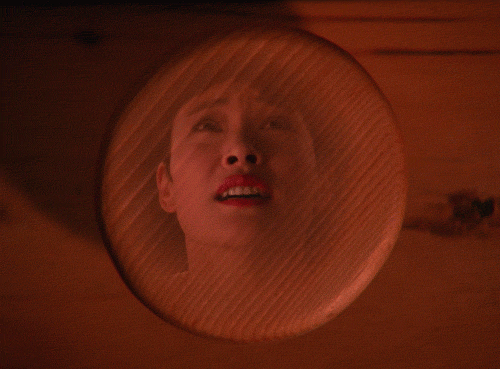
Meaningless associations, meaningless objects, and meaningless characters, rhymes, and songs also have the potential to lure viewers beyond themselves. They can open us, from within or from behind, to a ‘placeless place’ or groundless ground correlated with experiences of deep rest and profound spiritual realization. (In Tibetan Buddhism, this dreamless, formless, pure mirroring awareness is referred to as “clear light,” and “the nature of mind.”)
According to TMers like Lynch, deep down we are a “unified field,” an “ocean of solutions,” and ideas are like bubbles that rise to the surface, or they are like fish that feed and grow. “You have to go deep to catch the really big ones,” and the biggest ideas, the strangest images, sometimes arrive as visual koans that substantiate and beg the question: who is trying to make meaning here? Who is dreaming contradictory meanings into this “visual experience”? Are you dreaming? And the answer is always, no matter what state of consciousness you’re in, or which character you are in Twin Peaks, yes you are!
It’s not that they are merely “meaningless” (which paradoxically has deep meaning and significance). The surrealist object can signify something outside itself. It can have meaning, real significance, even if that meaning is situated, shifting and subjective. However, like the sounds used in mantra meditation, surrealist objects also point beyond meaning altogether.
They’re enchanting, and enchantment is a kind technology, and if the art object is made technically well it gets a “halo,” which startles the consciousness of the viewer, trapping and seducing them into an altered and adoring state of mind (see Art and Agency by Alfred Gell). I think this is one way to understand why Twin Peaks fans believe so whole-heartedly that the show points to what Breton called “ultimate reality, surreality.” It’s just so well made.
Twin Peaks contradicts itself. It’s an anti-narrative narrative, anti-nostalgia nostalgia, anti-serious serious TV show. It’s your classic self-contradictory anti-art art experience, and because it resists what it is, in that resistance an opening appears and we are granted new room to dream.

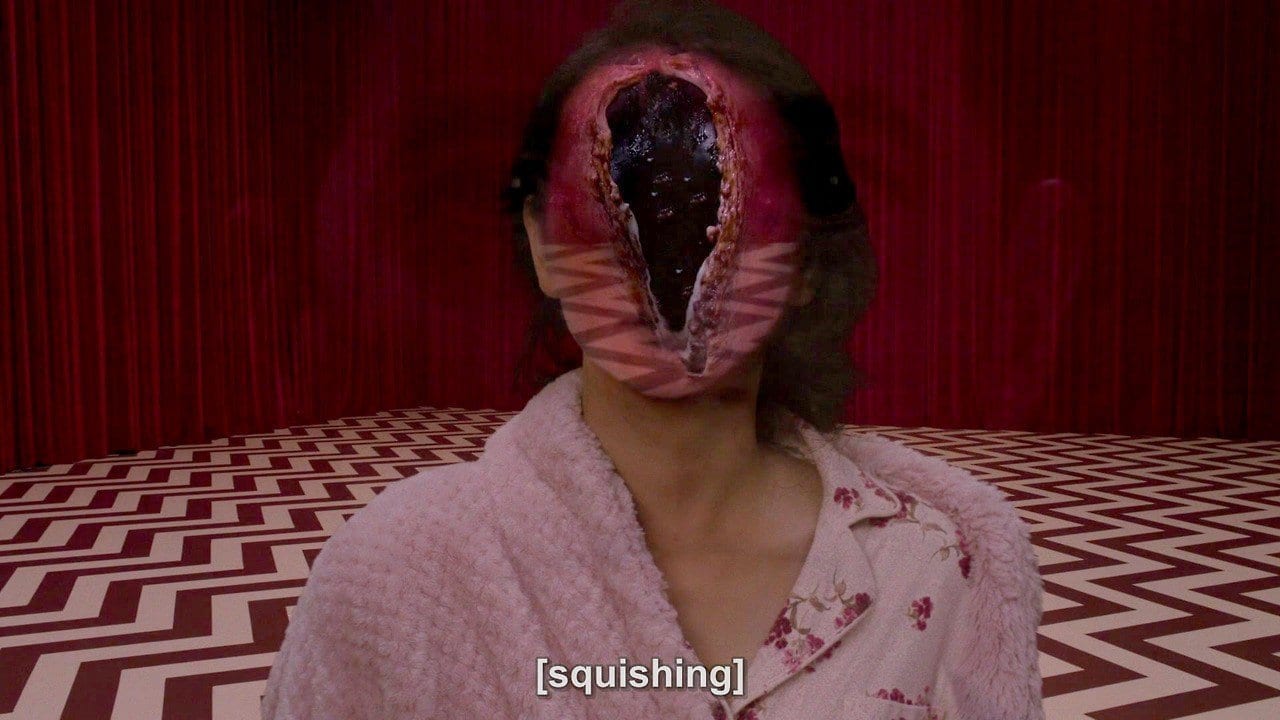




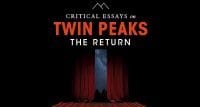


Thanks for the effort, great read)